Long and short are two terms often used in various descriptors of firearms technology. Two of the most critical items that use long and short are gas pistons and actions. I recently stumbled upon someone asking what’s the difference between a short stroke gas piston and a long stroke gas piston, as well as long and short actions in rifles. Since long and short are both in the name, I figured we could jump in headfirst and answer the questions: read on to learn more about the long stroke piston and short stroke piston (and maybe a little about direct impingement).
Direct Impingement vs Gas Piston
While all gas piston guns are rifles, not all rifles are gas piston driven. Well, not exactly. Some rifles use a gas piston, while others are direct impingement or direct gas impingement driven. The piston is a rod that the gas drives into the bolt or bolt carrier group to cycle the action. Direct gas impingement guns have a small gas tube that feeds from the barrel to the bolt with no intermediary. Gas pressure alone flows through the gas tube to act on the bolt. Direct gas guns are simpler and cheaper to make, but the bolt and action become dirtier as all the filth and carbon from the gas filter back where it came. It shits where it eats, in other words. Piston guns don’t dump gas into the action, so they run cleaner and there is less blowback from the action, particularly in a suppressed gun.
The Long and Short of Gas Piston Systems
Gas piston operation is one of the most popular means for automatic and semi-automatic firearms to function. Gas piston operation is quite common, and when you observe the most popular systems of weapon operation, gas piston pops up more often than not. They both utilize excess gas from the last round fired to press a piston and operate the firearm. Long stroke gas piston guns have a piston that travels the same distance the bolt or bolt carrier does. Short stroke piston guns only travel part of the way and rely on the inertia of its initial force to jack the bolt rearward. Each type has been around for decades and have their advantages and disadvantages. Here is the long and short of it.
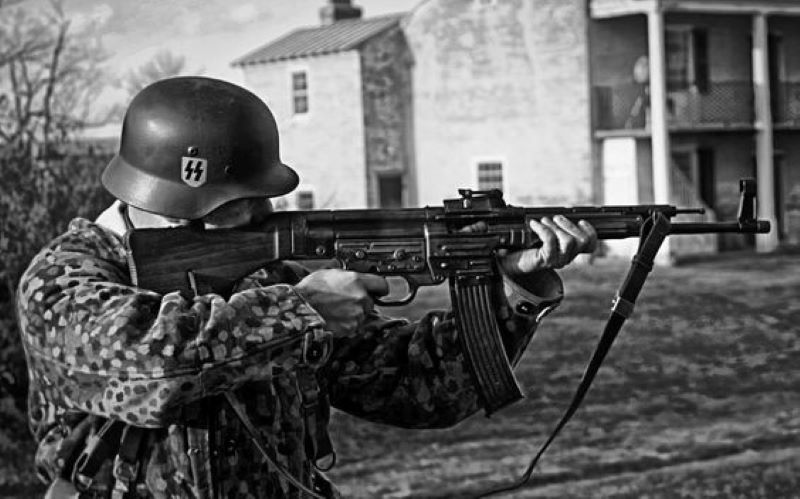
The Long of It: Short Stroke vs Long Stroke Piston
Long Stroke Gas Pistons
With a long-stroke gas piston, the piston is part or attached to the bolt carrier group. It’s all one big piece. Long-stroke gas piston guns are simpler and often easier to build and maintain. The downside is typically enhanced recoil. Well known long stroke gas firearms include the AK-47, the M240B machine gun, IWI Tavor, and the M1 Garand.

The Short of It
Short Stroke Piston Guns
Short stroke gas piston guns feature a gas piston that is attached to the barrel and impacts the bolt carrier but does not travel with it. The gas piston strikes the bolt carrier group with some real force and sends the bolt carrier rearward. Short stroke gas pistons are not part of the bolt carrier and move very little.
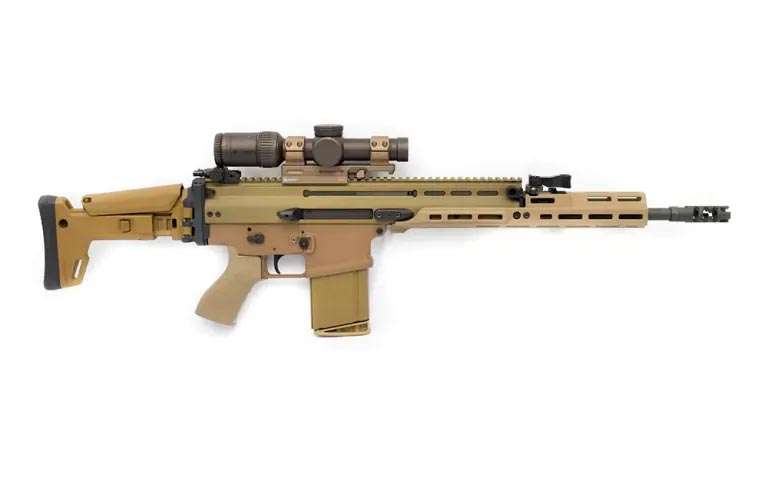
Short stroke gas piston systems are typically lighter weight systems, and create less recoil that long stroke systems. Popular short stroke gas piston guns include the SIG MCX, the SCAR L and H, and the classic VZ 58. My next project involves a Taiwain T91 upper with and an 80% lower.
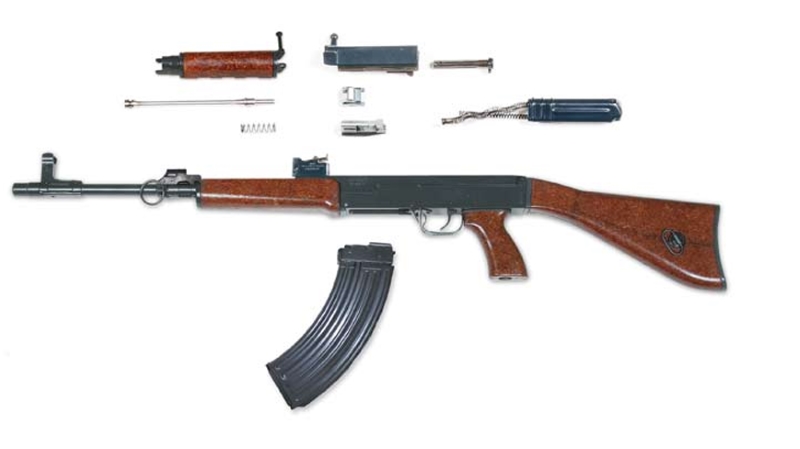
Instructions Manual, CZ-USA]
The Long and Short of Actions
Long and Short, in reference to actions, has to do with the length of a cartridge. The COL, of Cartridge Overall Length, is what affects the action of a piston gun in general. There are some Micro actions that are most common with rimfire rifles, and then there are even longer than long actions. This includes crazy fun rounds, the 50 BMG.
Direct impingement uses gas from a fired cartridge to transmit force on the bolt carrier to cycle the action. Verses piston drive, where the expanding gas flows through the gas port into a piston cylinder, where the gas expands against the face of a piston rod. Short actions involve rounds that range in overall length from 2.3 to 2.8 inches. That’s not set in stone because rounds like the 5.56 have a COL of 2.26 inches, and it’s considered a short action cartridge. Even round likes the 308 are considered short action.
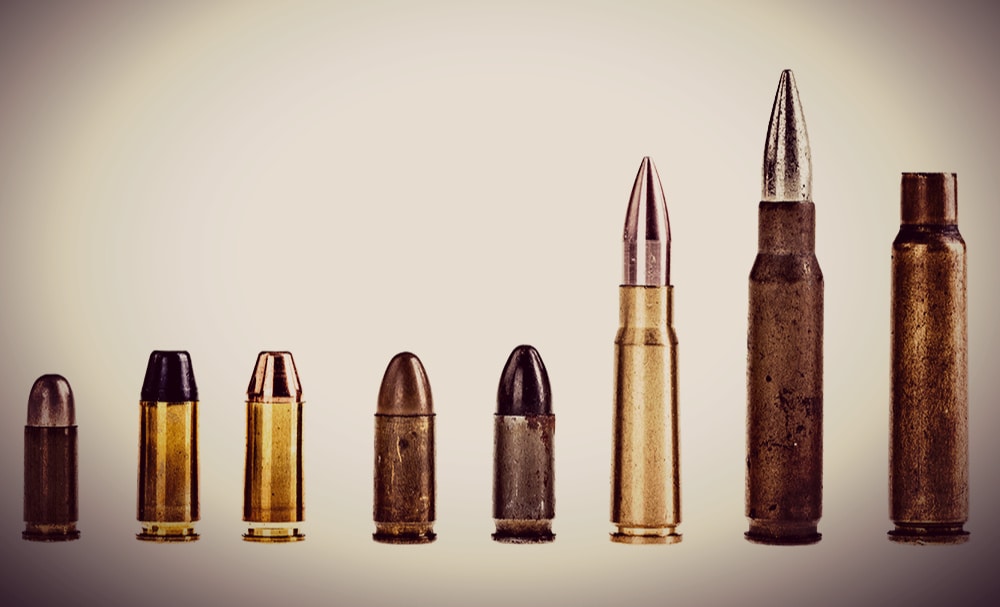
Long action rounds have an overall length that falls between 2.8 to 3.34 inches. This includes rounds like the 30-06. Anything bigger gets into Magnum cartridges or longer.
This is important to know primarily when purchasing stocks, accessories, and magazines. Long actions and short actions often result in guns with various upper receiver lengths, which can cause variances for stocks, sight bases, and more.
Me nem nesa.
That’s it, that’s all, now you know a few new terms! These two subjects are not necessarily related other than the means by which they use the terms short and long. The good news is now you know, and now your brain is a bit bigger. You’re welcome.



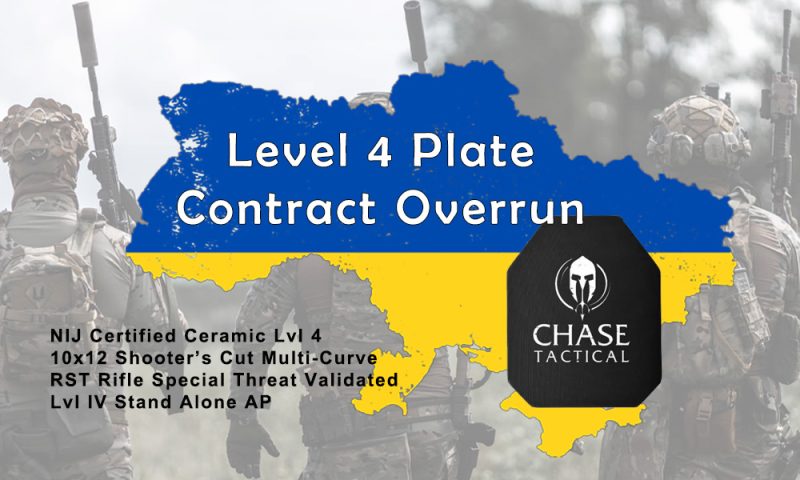




0 Comments